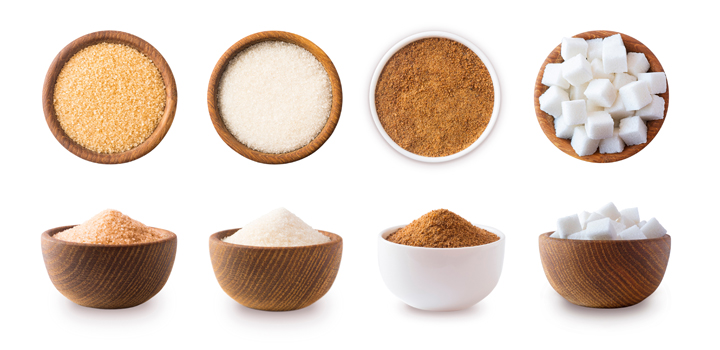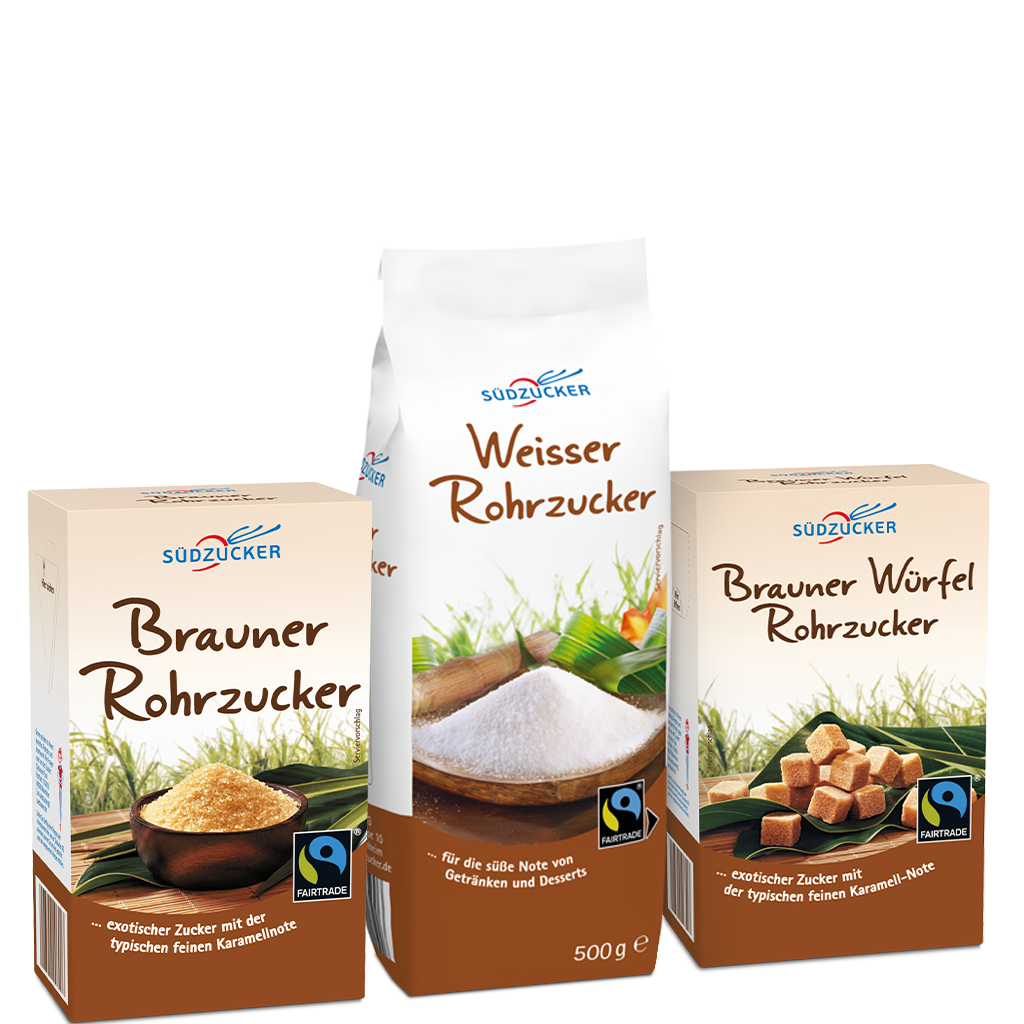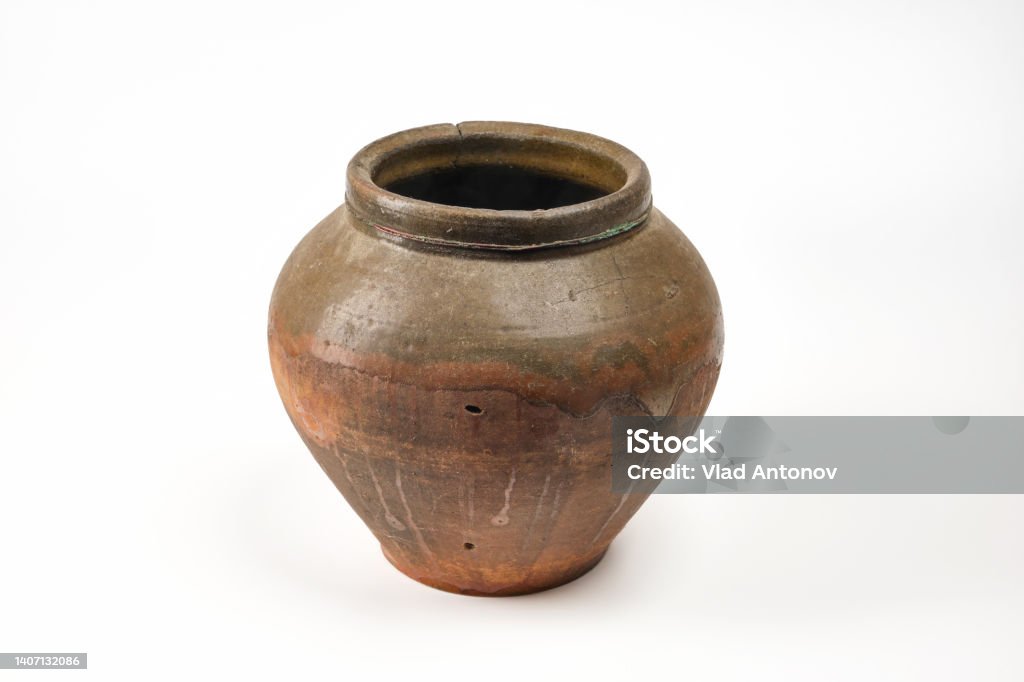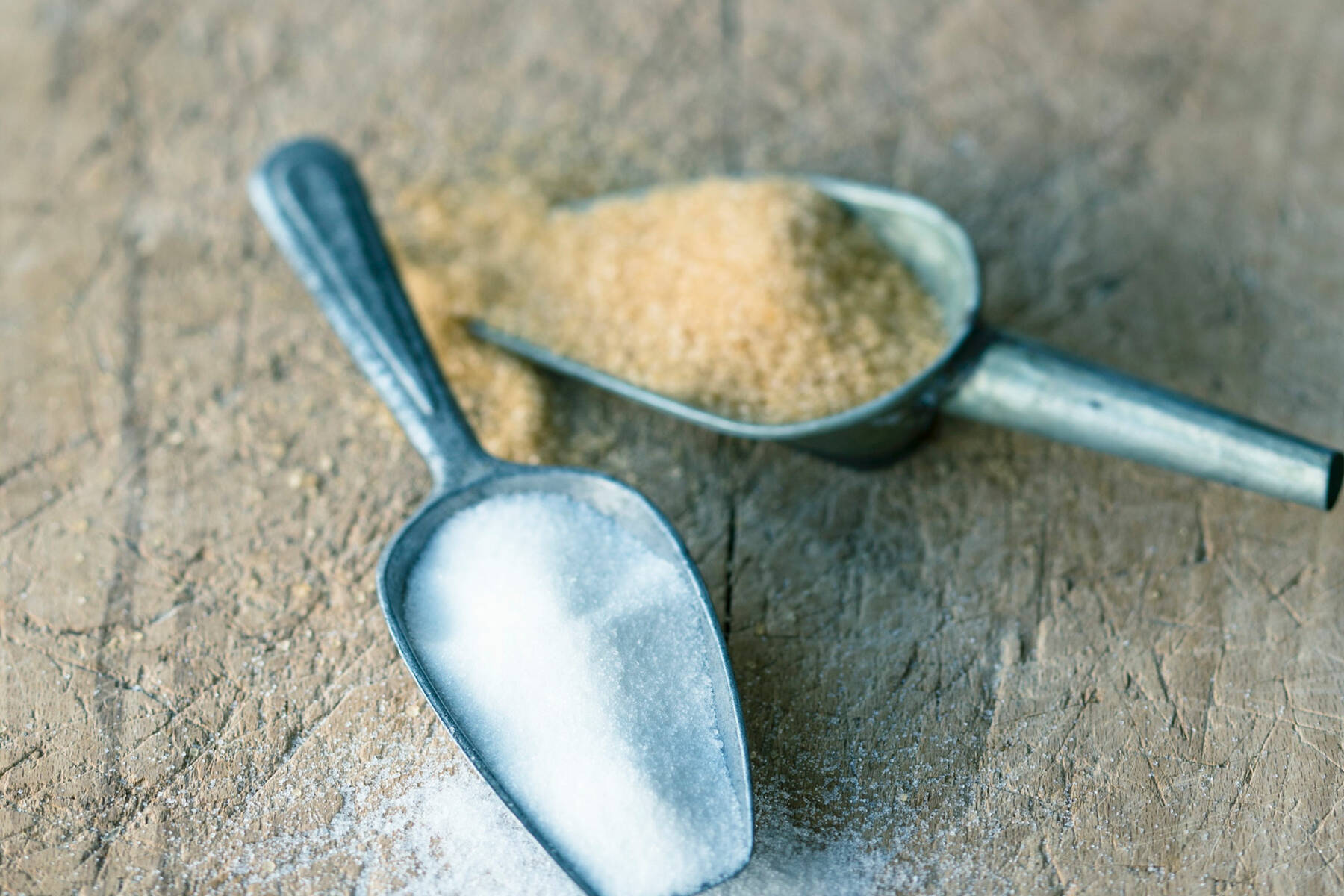Unterschied Brauner Und Weißer Rum
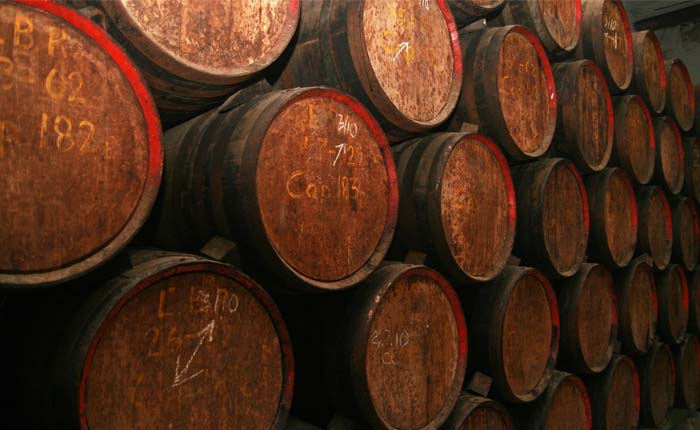
Imagine yourself on a sun-drenched beach, the gentle lapping of turquoise waves providing a soothing soundtrack. You're holding a cool, refreshing cocktail – a Daiquiri, perhaps, or maybe a Dark 'n' Stormy. The base of these iconic drinks, of course, is rum, but have you ever paused to consider the difference between the clear, bright white rum and the richer, more complex brown rum? The nuances are more significant than you might think.
The key difference between brown and white rum lies in the aging process. While both begin with the same foundation – the fermentation and distillation of sugarcane juice or molasses – it's what happens afterward that shapes their distinct characters.
The Foundation: From Sugarcane to Still
Both white and brown rums start their journey in the same place: with sugarcane. Whether it's the raw juice or the molasses, the process begins with fermentation, where yeast converts sugars into alcohol.
Next comes distillation, a crucial step that concentrates the alcohol and refines the flavor profile. The type of still used can also impact the final product, with pot stills often producing heavier, more flavorful rums and column stills yielding lighter, cleaner spirits.
The Aging Game: Where Color and Complexity Emerge
The real divergence between white and brown rum happens during aging. White rum is typically aged for a shorter period, often in stainless steel tanks, or perhaps briefly in oak barrels.
This brief aging allows the rum to mellow and soften, but it doesn't impart significant color or complex flavors. Some white rums are even filtered after aging to remove any lingering color, ensuring their characteristic clarity.
Brown rum, on the other hand, spends significantly more time aging in oak barrels, often charred, similar to those used in whiskey production. This extended aging is where the rum gains its color, as it leaches tannins and other compounds from the wood.
The longer the aging process, the darker and more complex the rum becomes. Factors like the climate, the type of oak, and whether the barrel was previously used to age other spirits (like bourbon or sherry) all contribute to the final flavor profile.
Beyond Color: Flavor Profiles Unveiled
The aging process not only affects the color but also significantly shapes the flavor. White rums are typically characterized by their clean, crisp taste, often with notes of sugarcane, citrus, and subtle sweetness.
They are excellent for mixing in cocktails where the rum's flavor should complement other ingredients without overpowering them. Think classic Daiquiris, Mojitos, and Piña Coladas.
Brown rums, owing to their longer aging, boast a more complex and nuanced flavor profile. You might find notes of caramel, vanilla, spice, dried fruit, and even hints of oak or smoke.
These rums are often enjoyed neat or on the rocks, allowing their full range of flavors to be appreciated. They also shine in cocktails that call for a richer, more robust rum, such as Old Fashioneds or Rum Manhattans.
Rum's Significance and Growing Popularity
Rum has a rich and storied history, deeply intertwined with the history of the Caribbean and the transatlantic trade. Once associated primarily with sailors and pirates, rum has undergone a remarkable transformation in recent years.
The increasing interest in craft spirits and premium cocktails has fueled a renewed appreciation for the complexity and diversity of rum. According to data from the Distilled Spirits Council of the United States (DISCUS), rum sales have shown steady growth, indicating a growing consumer base seeking out quality and authenticity.
Furthermore, distilleries around the globe are experimenting with different sugarcane varieties, fermentation techniques, and aging methods, pushing the boundaries of what rum can be. This innovation is creating a new wave of exciting and diverse rums, appealing to both seasoned enthusiasts and curious newcomers.
A Final Sip: Appreciating the Nuances
The world of rum is vast and fascinating, offering a spectrum of flavors and experiences to explore. Whether you prefer the crisp clarity of a white rum or the rich complexity of a brown rum, understanding the differences between them can deepen your appreciation for this versatile spirit.
So, next time you're enjoying a rum cocktail, take a moment to savor the story behind the glass – the journey from sugarcane field to oak barrel, and the artistry that transforms simple ingredients into a truly exceptional spirit.

